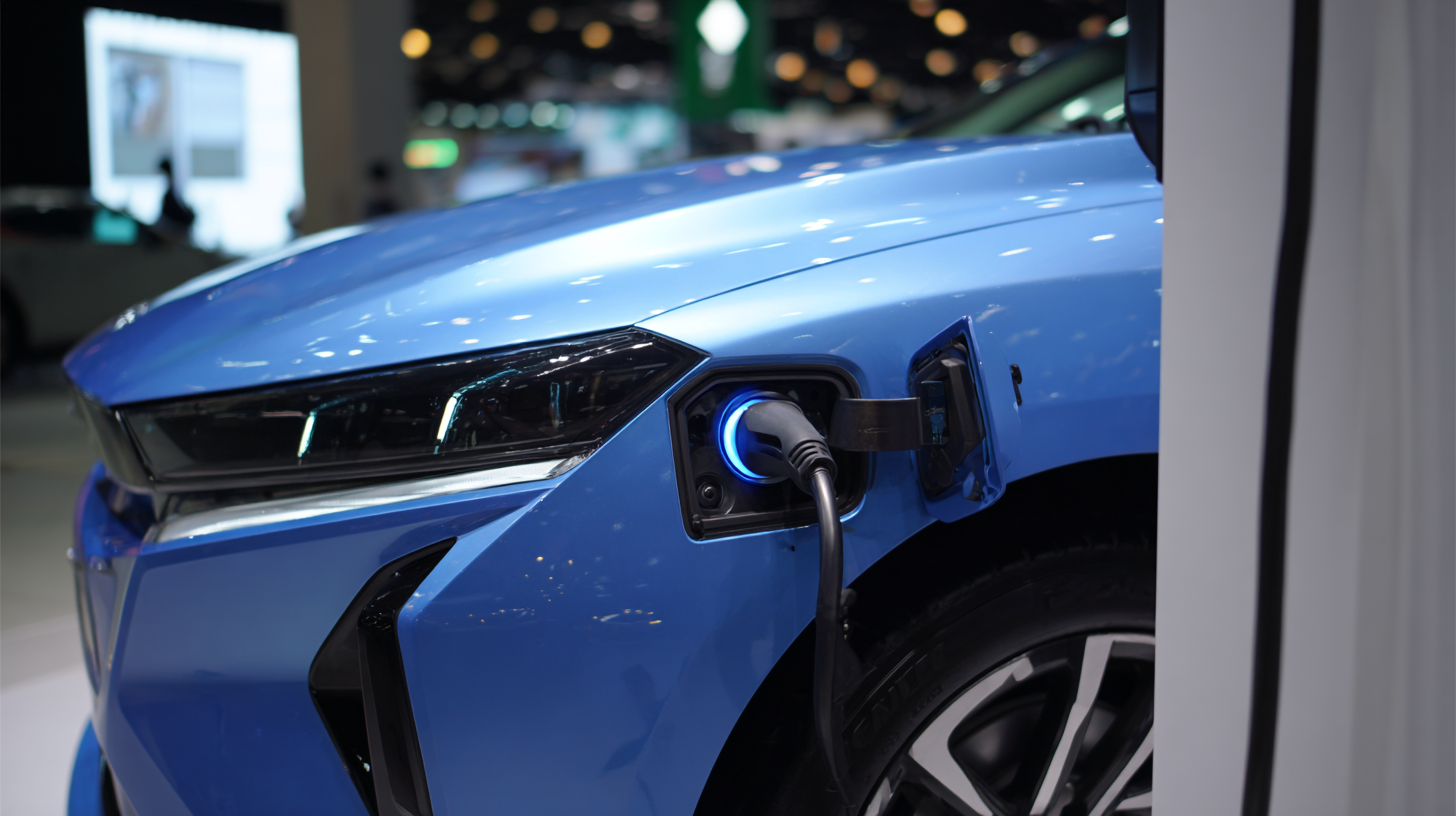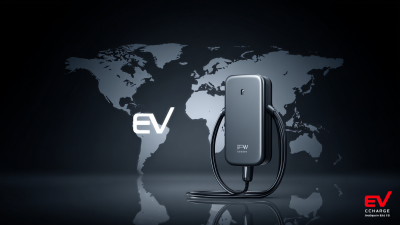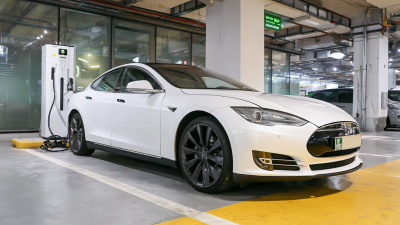The EV home charger market is poised for significant growth as we approach the 2025 China 138th Import and Export Fair, a pivotal event that showcases the latest advancements in technology and innovation. With the increasing adoption of electric vehicles (EVs) and a global push towards sustainable energy solutions, the demand for efficient and reliable EV home chargers is set to rise dramatically. This fair will serve as a crucial platform for manufacturers, distributors, and consumers to explore cutting-edge products and network within the industry. As the Chinese government continues to implement policies that support EV infrastructure, the market for EV home chargers is expected to flourish, attracting both local and international participants. The synergy between government initiatives and market demand is essential for driving innovation and enhancing the accessibility of EV home charging solutions, making the upcoming 2025 fair a key milestone for stakeholders in the EV sector.
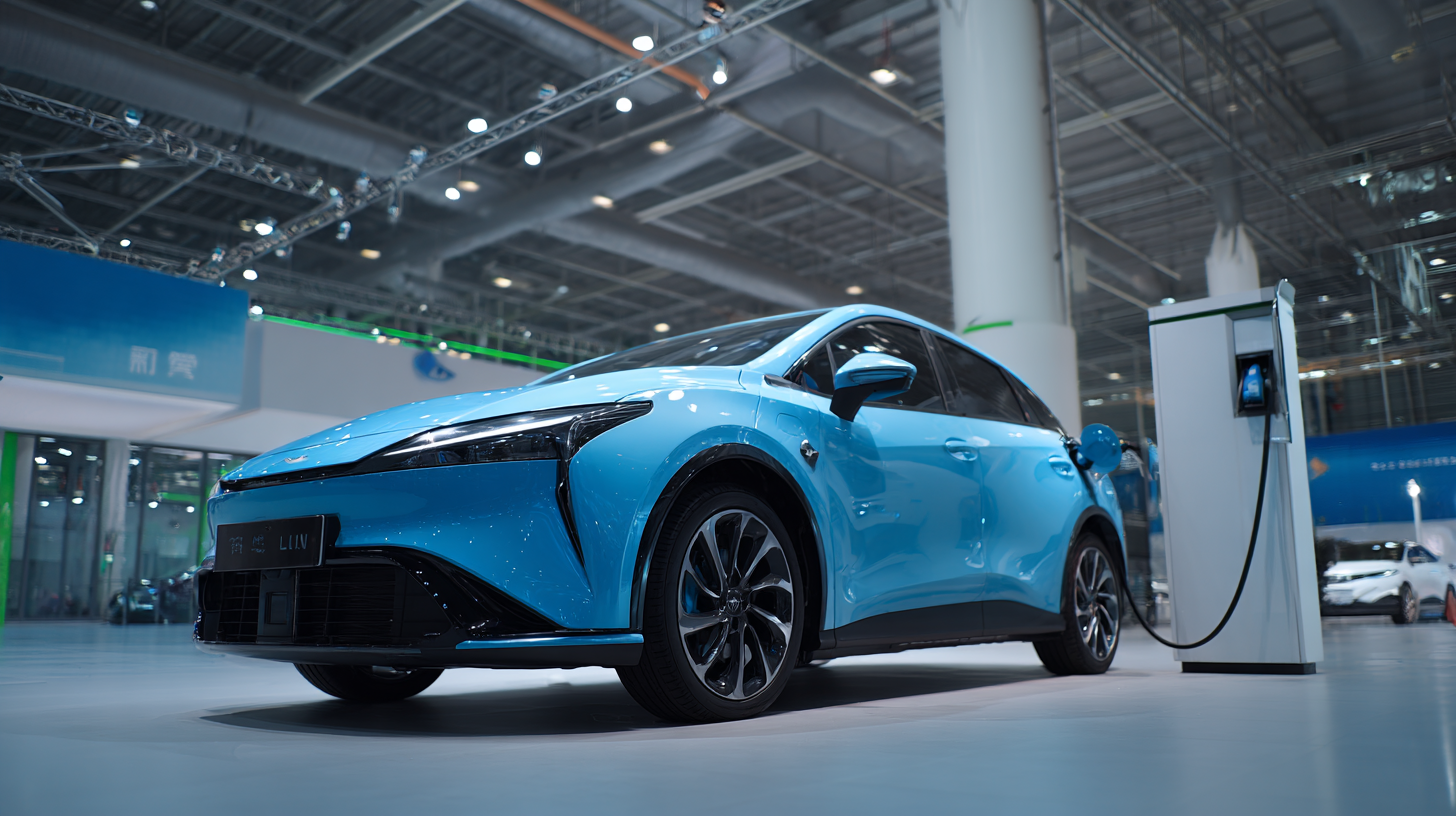
The EV home charger market in China is poised for significant growth by 2025, driven by the increasing adoption of electric vehicles and advancements in charging technology. As the demand for convenient and efficient charging solutions rises, manufacturers are focusing on creating user-friendly and smart charging systems that cater to the evolving needs of consumers. By 2025, the market is expected to witness innovative designs that enhance the overall charging experience, making it more accessible for potential EV owners.
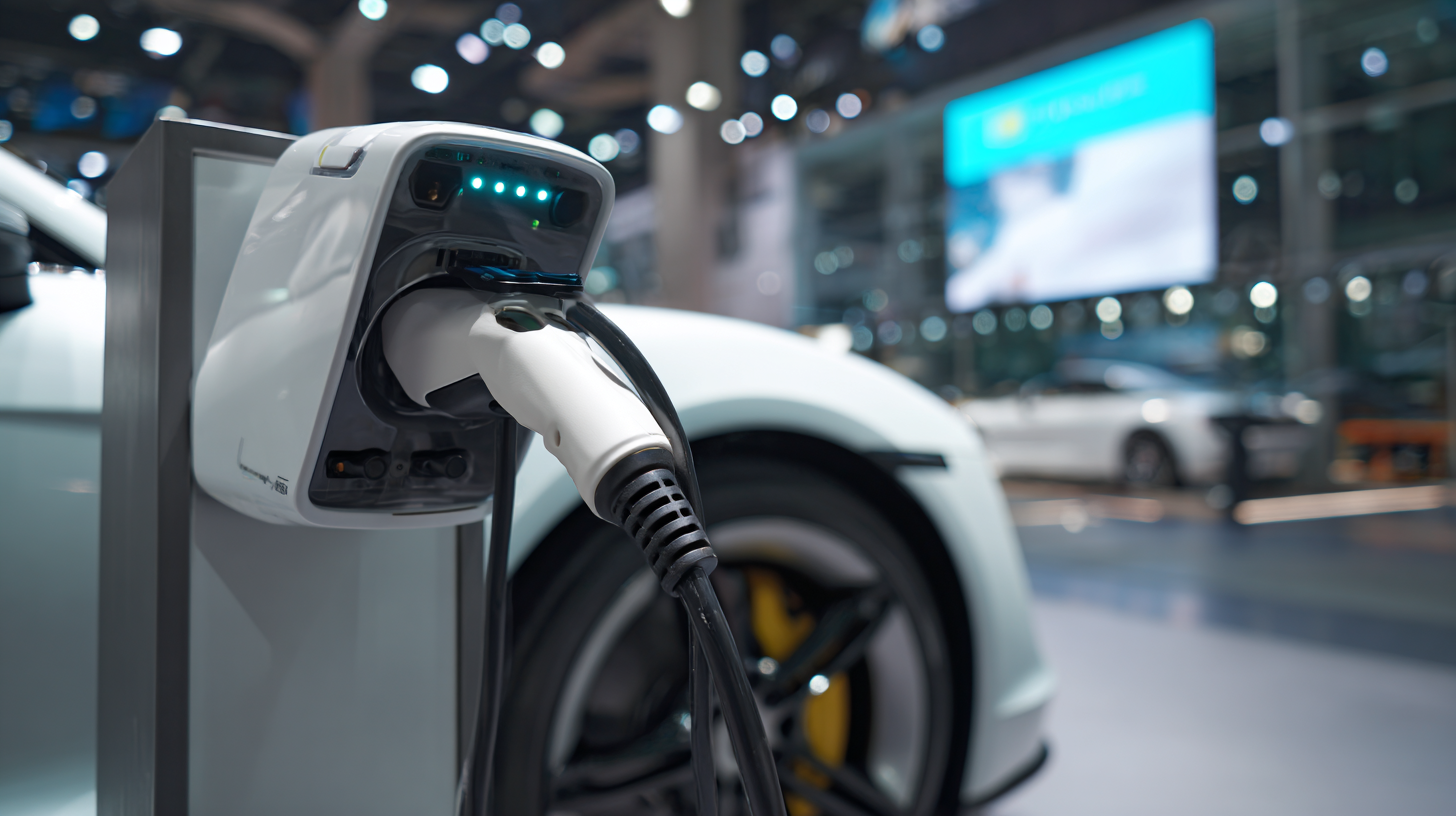
In conjunction with this trend, market insights indicate that the growth of power semiconductors, particularly GaN power devices, will play a crucial role in the rapid expansion of the EV infrastructure. The projected compound annual growth rate (CAGR) of 34.08% for GaN devices underscores the rising need for efficient energy conversion and management in electric vehicles. As such, the interplay between advanced charging solutions and power semiconductor technology will shape the future landscape of the EV charging market in China.
The 138th Import and Export Fair serves as a pivotal platform for showcasing the latest advancements in electric vehicle (EV) charging infrastructure, particularly in the context of home chargers. This major event highlights the growing importance of EV technology in China, illustrating how innovative products and solutions are being introduced to meet the rising demand for sustainable transportation. As major manufacturers and startups congregate to present their offerings, the fair not only stimulates consumer interest but also fosters collaborations that can enhance the development of charging technology.
Furthermore, the fair's influence extends beyond mere product displays; it catalyzes discussions about policy and infrastructure development critical for supporting the EV market. Stakeholders from various sectors, including government representatives, industry leaders, and researchers, engage in dialogues that shape the future landscape of EV charging. The fair's emphasis on connectivity and smart technology integration signals a shift towards more efficient and user-friendly home charging solutions. As the Chinese government pushes for increased EV adoption, the insights gained from this event will likely guide investments, standards, and regulations that ensure robust growth in the EV home charger market by 2025.
The future of the EV home charger market is being significantly shaped by technological innovations, particularly as showcased at the 2025 China 138th Import and Export Fair. These advancements are not only enhancing the efficiency and convenience of home charging solutions but also promoting widespread adoption of electric vehicles. Innovations such as smart charging systems integrated with home energy management and renewable energy sources are transforming how consumers interact with EV charging.
Furthermore, cutting-edge developments in battery technology and communication protocols are paving the way for faster and more reliable charging options. For instance, vehicle-to-home (V2H) technologies allow two-way energy flow, enabling EVs to not just draw power but also supply it back to the home during peak demand periods. Such solutions not only optimize energy consumption but also provide additional financial incentives for consumers. As these innovations continue to proliferate, the potential for the EV home charger market looks promising, indicating a shift towards sustainable energy solutions and smarter living environments.
The EV home charger market in China is poised for significant growth, especially as we approach the 138th Import and Export Fair in 2025. While the potential is immense, the market faces several challenges that stakeholders must navigate. According to a recent report by the China Automotive Technology and Research Center, the demand for EV chargers in residential areas is expected to increase by over 25% annually, reaching approximately 1.6 million units by 2025. However, the lack of standardized infrastructure and varying charging speeds across different regions present substantial hurdles.
On the opportunity side, the Chinese government's commitment to sustainability and green energy provides a fertile ground for innovation in the EV charging space. The National Energy Administration has set ambitious goals to have 5 million public chargers and 2.5 million home chargers by 2025. This initiative not only signals a growing market but also encourages collaborations between technology companies and manufacturers to develop faster, more efficient charging solutions. Analytics from Wood Mackenzie suggest that smart charging technology, which can optimize charging times and reduce costs, will play a pivotal role in attracting consumers and ensuring a seamless integration of EV chargers into daily life.
| Region | Market Size (2025) in USD | Expected Growth Rate (%) | Key Challenges | Opportunities |
|---|---|---|---|---|
| East China | 2.5 Billion | 15% | Infrastructure Development | Government Initiatives |
| South China | 1.8 Billion | 12% | Technological Standardization | Expanding Residential Installations |
| North China | 1.2 Billion | 10% | Regulatory Compliance | Incentives for EV Adoption |
| West China | 800 Million | 8% | Limited Charging Infrastructure | Rural Market Potential |
Government policies play a crucial role in shaping the future of the electric vehicle (EV) home charger market in China, especially in light of the upcoming 138th Import and Export Fair. With the increasing demand for electric vehicles, the Chinese government is actively implementing policies that promote the adoption of home charging solutions. These policies aim to provide financial incentives for consumers, such as subsidies and tax rebates, making it more affordable for households to install EV chargers. Additionally, the government is investing in infrastructure development, ensuring that residential areas are equipped with the necessary electrical capabilities to support these installations.
Moreover, the Chinese government is encouraging partnerships between private companies and local authorities to enhance the availability of EV home charging solutions. Initiatives that streamline the approval processes for charger installations and offer training for technicians are being prioritized. This collaborative approach not only facilitates faster deployment of charging stations but also boosts consumer confidence in using electric vehicles. With these supportive policies, the EV home charger market is expected to witness significant growth, positioning China as a leader in the transition towards sustainable transportation by 2025.
